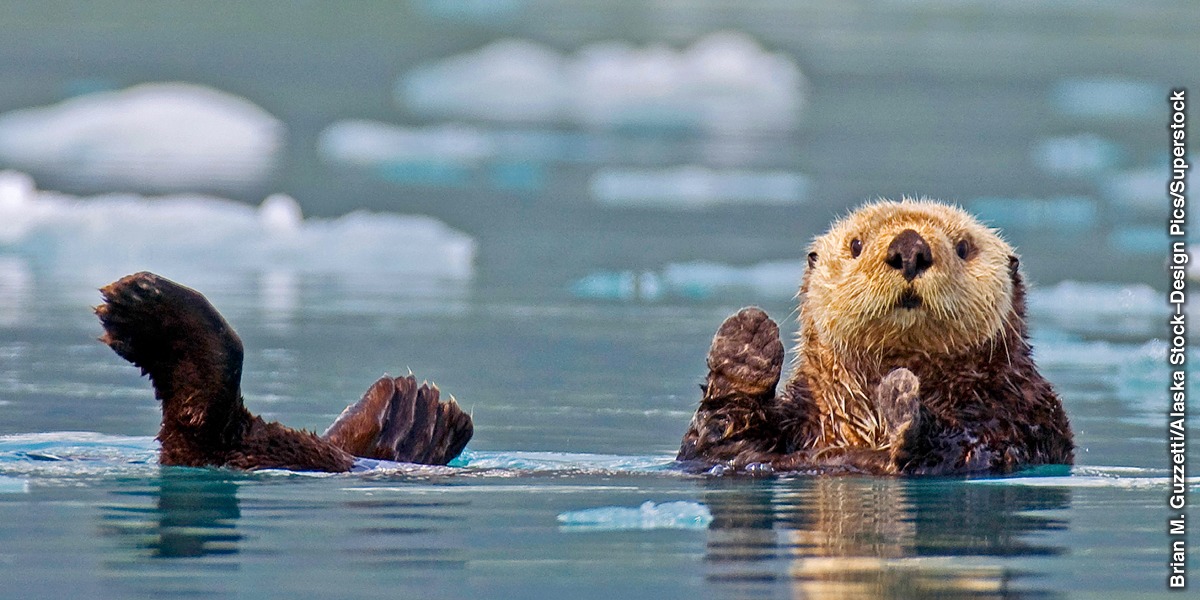The Sea Otter's Fur
Picture Source
Many aquatic mammals that live in cold waters have a thick layer of blubber under the skin to help them stay warm. The sea otter relies on another insulation method -a thick fur coat.
Consider: The fur of the sea otter is denser than that of any other mammal, with some one million hairs per square inch (155,000 per sq cm). When the otter swims, its coat traps a layer of air close to its body. That air acts as an insulator, preventing the cold water from coming into direct contact with the animal's skin and sapping its body heat.
Scientists believe that there is a lesson to be learned from the sea otter's fur. They have experimented with a number of artificial fur coats, varying such factors as hair length and hair spacing. The researchers have concluded that "the denser and the longer the hairs are, the dryer or the more water-repellent the hairy surface is." Put another way, sea otters can boast a truly efficient fur coat.
Researchers hope that their studies will lead to technological advances in the design and production of novel water-repellent textiles. This may lead some to wonder whether people who have to dive in cold waters may not be better off wearing a hairy wet suit - one similar to that of the sea otter!
What do you think? Did the heat-insulating fur of the sea otter evolve? Or was it designed?
Visit
www.jw.org
Hi! I am a robot. I just upvoted you! I found similar content that readers might be interested in:
https://educscience.wordpress.com/the-sea-otters-fur/
listen to cheetah @samsmego... just copying and pasting other people's ideas will get you in trouble!... Just use your own words and you will get much better results in the long run!
okay! |Thanks for the advice